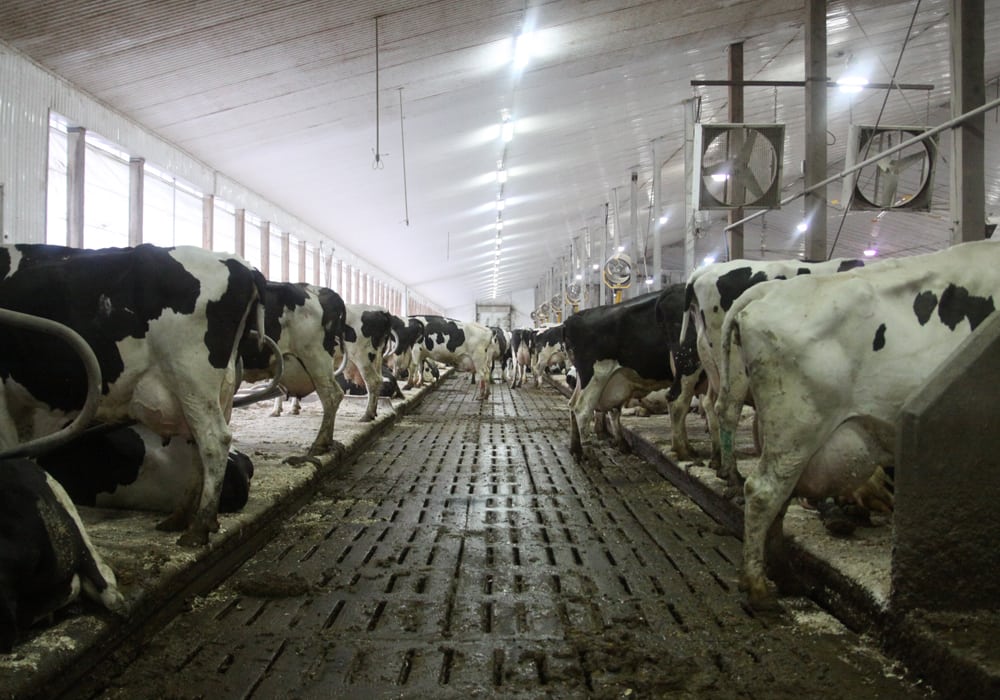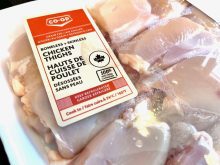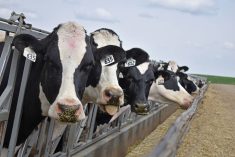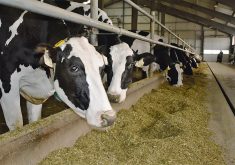What would happen if supply management disappeared and dairy farmers were thrust into a free market?
It’s not likely to happen, since even the administration of United States President Donald Trump doesn’t seem to be trying to entirely eliminate the system that controls Canadian dairy production and imports.
But to understand how much the present shape of the Canadian industry is affected by the supply management structure, considering what would happen in its absence helps highlight the system’s influence.
According to two experts with long experience watching the industry, there is a complex matrix of factors that would not necessarily lead to dairy becoming like any other farming sector in Canada.
Read Also

Farming Smarter receives financial boost from Alberta government for potato research
Farming Smarter near Lethbridge got a boost to its research equipment, thanks to the Alberta government’s increase in funding for research associations.
Other stories in this WP Special Report:
- Who pays more?
- The accidental case that brought us to the edge
- Dishing on the dairy industry
- U.S. milk industry sours
- Wisconsin dairy farmers seek Canadian advice
- Organic milk production no hedge against low price
- Dairy farmer worked both sides of the border
- The word is Class; the number is 7
- Why are Minnesota dairy farmers in the red?
- U.S. dairy farmers respond to Canadians
Sylvain Charlebois of Dalhousie University, known as “the Food Professor,” said the industry couldn’t cope with open borders with the U.S.
“One state (Wisconsin) produces 50 percent more milk than Canada as a whole,” said Charlebois in an interview.
“If you get rid of supply management without a plan, I wouldn’t give much chance for the dairy industry to survive at all.”
While the U.S. still has many small farms like Canada’s, there has been huge growth in large-scale dairy farms in places like Wisconsin and Minnesota, where multi-thousand head dairy farms now produce much of the milk. Those farms are often able to produce milk at significantly less cost than smaller operations, due to efficiencies of scale. Large dairies are even able to make money at today’s depressed levels, as many small farms fail.
If Canada’s market was opened to the U.S. without the Canadian industry becoming equally efficient with low-cost U.S. producers, the plight of Canadian producers would likely be no different than that of small U.S. farms.
If the Canadian industry had to transform itself to face open borders, how would it change? Long-time dairy and hog industry analyst Al Mussell of Agri-Food Economic Systems, said said it would be different from both the U.S. dairy industry and the evolution of the Canadian hog industry.
“It moves in terms of decades. It doesn’t turn on a dime,” said Mussell.
Because more than 70 percent of Canada’s industry is in Quebec and Ontario, and that’s where the main processors are, some transformation would need to occur there.
But that wouldn’t be easy.
If a farmer facing the free market wanted to expand their herd to U.S.-like levels of more than 1,000 cows, they would probably have trouble doing it.
“You have such a population density in the countryside that I don’t know to what extent (present producers could expand),” said Mussell.
“You’d probably end up shifting a lot of things to the West.”
Dairy farms, unlike most other livestock industries, cannot simply bring in feed or distribute herds onto different parcels of pasture. Silage is too bulky to ship far and dairy barns need to be located with the cows.
Ontario and Quebec would remain good locations to produce fresh milk if it could be sold into local urban markets at profitable prices, but the bulk “storable” dairy product production would probably partially migrate to the Prairies.
“It probably is quite feasible,” said Mussell.
“You could see (Hutterite) colonies taking on some of these things.”
Other producers from Manitoba to British Columbia would probably also see an opportunity, or a desperate necessity, to scale up to face open markets and world prices.
The final shape of an open market Canadian industry would be hard to foresee, since dairy industries around the planet are in trouble. The U.S. has well-publicized problems, but so too do European farmers and those in New Zealand and Australia.
Canadian hog production was heavily influenced by provincial marketing boards until the late-1990s, something often credited with keeping many small operations in business, but after being opened to the free market there has been profound consolidation.
Small and independent producers have mostly disappeared, while largescale, vertically integrated and packer-allied producers have expanded and come to dominate the market in Western Canada. The Prairies’ huge land expanses and low population make the region ideal for intensive livestock production, which is more difficult in the East.
Mussell noted, however, that Eastern Canada’s hog industries did not shrink up and die. They are still large and established in Ontario and Quebec, even if they have not seen the production growth that occurred in Western Canada.
Mussell said the dairy industry would probably see a bigger production decline in Eastern Canada than has been seen with hog production, but the extent is impossible to know.
In the long run, the key to establishing a viable and sustainable industry structure probably comes down to finding ways to cope with dairy’s two main challenges:
- It produces a highly perishable product;
- Short- and medium-term market swings can’t be incorporated in the long cycle times inherent in ruminant production.
So far only vertical integration or collective marketing seem to have been able to handle those challenges.
Whatever would work for a free market, the Canadian dairy farming industry probably relies upon somebody somewhere finding the right way to run a dairy system, and so far the world doesn’t seem to have done that.


















